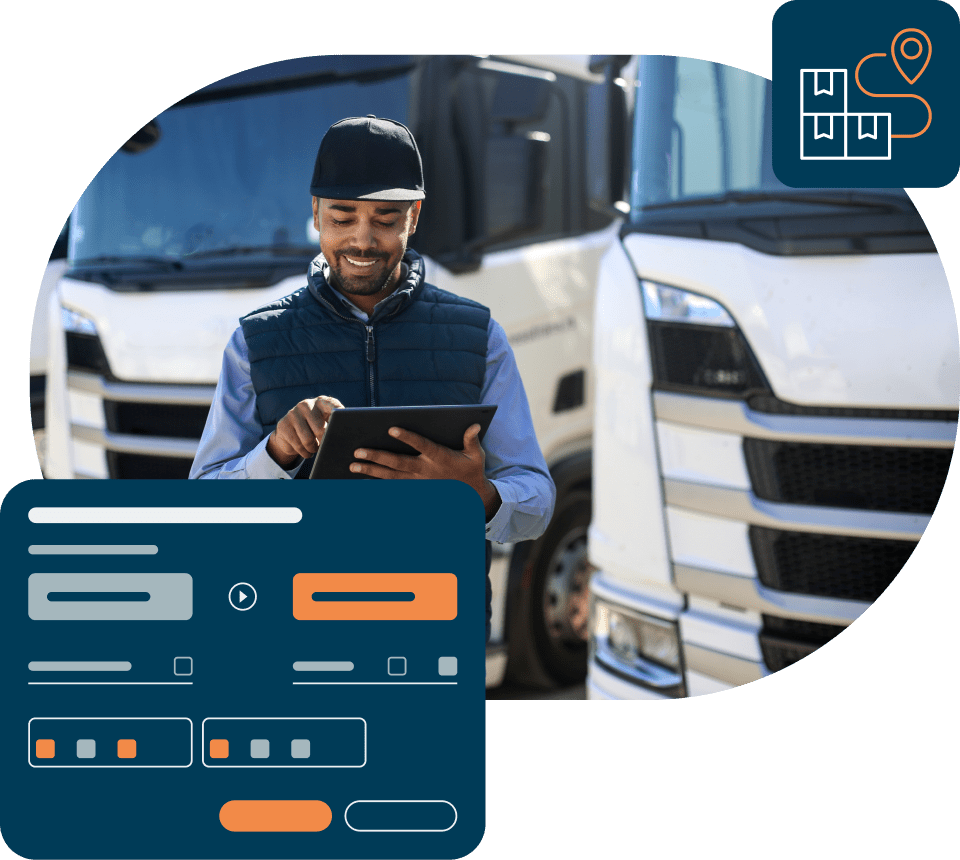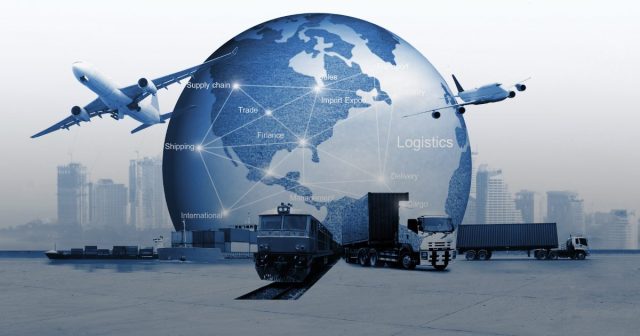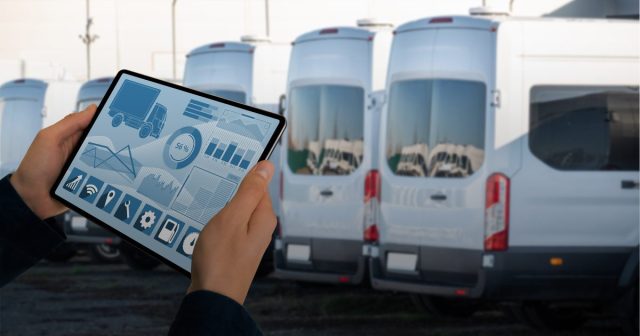
Generix Recognized in 2025 Gartner® Europe Context : Magic Quadrant™ for Transportation Management Systems
Generix is a software provider offering a portfolio of cloud-based solutions and services powered by AI to confidently manage the…
Generix Ushers in a New Era of Intelligent Commerce for Retailers with AI-Driven Innovation Read the press release

Generix DDS TMS: Driving intelligent, integrated & sustainable transport everywhere
Generix DDS TMS is a complete transport management system (TMS) for shippers to drive intelligent, integrated and sustainable transport everywhere.
With Generix DDS TMS you drive intelligent transport decisions for lowest operating cost.
With Generix DDS TMS you run integrated transport execution everywhere for best customer service.
With Generix DDS TMS you embed sustainability into all transport operations to minimize environmental impact.
Volatile fuel costs, freight and tax prices, shortage of drivers, economy slowdown & inflation – all making transport budget difficult to keep under control.
How to improve transport performance and guarantee customer satisfaction when operators continue to rely on time-consuming & prone-to-errors Excel spreadsheets?
CSR expectations on businesses remain strong with transport still representing a significant portion of carbon emissions across the globe.
With Generix DDS TMS you drive intelligent transport decisions for lowest operating cost
With Generix DDS TMS you run integrated transport execution everywhere for best customer service
With Generix DDS TMS you embed sustainability into all transport operations to minimize environmental impact
Order splitting according to configurable rules, grouping, load optimization, choice of means and modes, route optimization, dynamic scheduling, multi-legs
Applying a transport plan, allocation and planning of leased or owned fleet, consideration of selection criteria for contracted carriers (costs, service, CO², etc.), request for spot quotation in private mode or via platforms, request and follow-up of mission pick-up
Carrier appointments, documents, hazard management, driver app, tracking & customer visibility, multi-language, multi-currency, consolidated follow-up of multi-leg files
Purchase and sale valuation, cost breakdown, pre-invoicing, invoice reconciliation, performance measurement, preparing tenders, measuring carbon impact
With the Generix Supply Chain Execution portfolio:
Drive operational efficiency across warehouse activities
Optimize and organize your yard operations
Optimize workforce management across your warehouse
Centralize communications with your carriers
Data-driven insights for supply chain efficiency
Elevate your inventory management
Unlock operational efficiency across your physical and critical workflows. Benefit from our best-of-breed SaaS solutions and expertise, backed by high-performance partners and seamless implementation and advisory support for your business journey.

Generix is a software provider offering a portfolio of cloud-based solutions and services powered by AI to confidently manage the…

Discover how a Transportation Management System (TMS) works and the key benefits it offers. Learn how TMS can optimize logistics operations, reduce costs, and enhance efficiency.

Discover what a TMS system is and explore its key features and benefits. Learn how a Transportation Management System optimizes logistics and enhances efficiency in transportation management.
Give us a call 1 855 938-4562

Generix’s TMS is a comprehensive solution accommodating all transport resources, needs, and optimization strategies. Compatible with various fleets—trucks, vans, trains, planes, and maritime freight—it can operate with owned or leased fleets or virtual fleets for specific transport planning.
The TMS adapts to diverse logistical requirements, including direct transport from production to the end customer, one-pick multi-drop for multiple deliveries, consolidation of products from various sources into a common logistics platform, and a breakout platform for goods arriving from different locations and modes of transport. The software integrates a route optimizer, enhancing deliveries by finding optimal routes and minimizing distance traveled. It handles all types of flows, allowing the TMS to autonomously decide the best option based on opportunity and cost considerations within the order portfolio.
Generix’s streamlined approach includes a user-friendly SaaS solution, seamless connection with major ERPs, and a cloud-based system for dynamic communication—providing an optimized 360° view of transportation management.
A transportation management system is software designed to optimize and manage transportation operations within a supply chain. It aids in planning, executing, and tracking the physical movement of goods, ensuring efficient and cost-effective transportation. Generix’s system offers advanced features for route planning, freight auditing, carrier selection, and real-time tracking, facilitating streamlined transportation management.
Generix’s transportation management system enhances logistics efficiency by automating key processes, optimizing route selection, reducing transportation costs, and improving delivery times. It provides analytics and insights for better decision-making, ensuring a more responsive and adaptable transportation strategy.
Yes, Generix’s transportation management system can seamlessly integrate with other supply chain software, including warehouse management systems and ERP solutions. This integration ensures cohesive and synchronized operations across the supply chain, enhancing overall efficiency and data accuracy.
Generix’s transportation management software is scalable and can be tailored to meet the needs of businesses of all sizes, from small enterprises to large corporations. Its flexibility allows it to adapt to various operational scales and complexities, making it an effective solution for any business seeking to optimize its transportation processes.
Key features of Generix’s transportation management software include route optimization, carrier management, freight audit and payment, real-time tracking, and analytics for performance measurement. These features enable businesses to manage their transportation operations more effectively, reducing costs and improving service levels.
Generix’s transportation management software supports sustainability initiatives by optimizing route planning and load consolidation, leading to reduced fuel consumption and lower emissions. It enables businesses to make environmentally friendly choices in their logistics operations, such as selecting eco-efficient transportation modes and carriers. This alignment with sustainability goals not only benefits the environment but also enhances the company’s social responsibility profile.